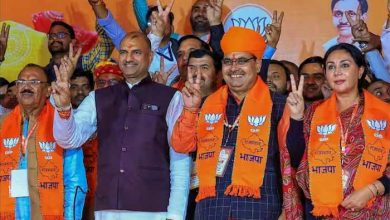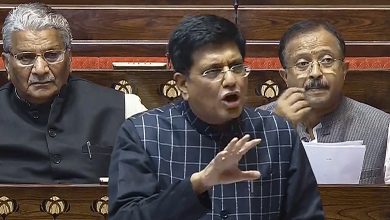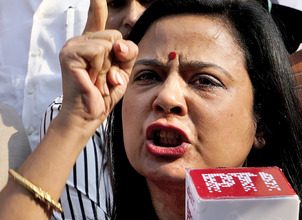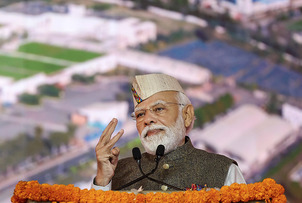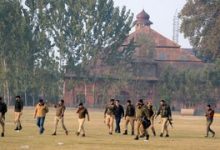‘Entire Gujarat will be covered under ‘Nal Se Jal’ scheme by 2022’
Ahmedabad, Mar 06 (PTI):
All households in Gujarat will get tap water connections under the Centre’s ‘Nal Se Jal Yojana’ by the year 2022, ahead of the year 2024 target set by Prime Minister Narendra Modi, Chief Minister Vijay Rupani told the Legislative Assembly on Saturday.
Rupani said 17 lakh households in the state are yet to be covered under the ambitious scheme aimed at providing drinking water through taps.
“People of north Gujarat suffered for years due to contaminated ground water. We want to eliminate our dependence on hand pumps and provide drinking water through tap connections. Though Prime Minister Narendra Modi has set a target of the year 2024, Gujarat will meet this target in the next 17 months,” Rupani told the House.
He was responding to queries raised by Congress MLAs on the status of water supply in the state.
The CM said the state government had allocated Rs 4,000 crore for the ‘Nal Se Jal’ project.
He said 82 per cent of the total work on the project has already been completed.
“We are planning to provide 1 lakh tap connections every month to cover the remaining 17 lakh houses in the next 17 months. Out of the total 95 lakh beneficiaries identified under the project, 17 lakh are yet to be covered,” the CM said.
“We are using the lift irrigation technology to bring water to the doorstep of each and every household. Not a single village will be left out by 2022,” he said.
Listing challenges, the chief minister said providing water tap connections in remote tribal and mountainous regions is proving difficult.
He said even shanties will be covered under this water supply scheme. During the discussion, Congress MLA CJ Chavda cited a Central survey to claim that traces of Uranium were also found in water being supplied by the state government.
Dismissing this claim, Rupani said the surface water was no longer supplied to the people.
“What the Congress MLA (Chavda) was referring to is a thing of past. We are supplying only rain water (accumulated in the dam) through Narmada canals. Over 9,000 villages and major cities get this fresh water. Our rigorous testing mechanism is also in place to keep a check on the quality of water,” said Rupani.


